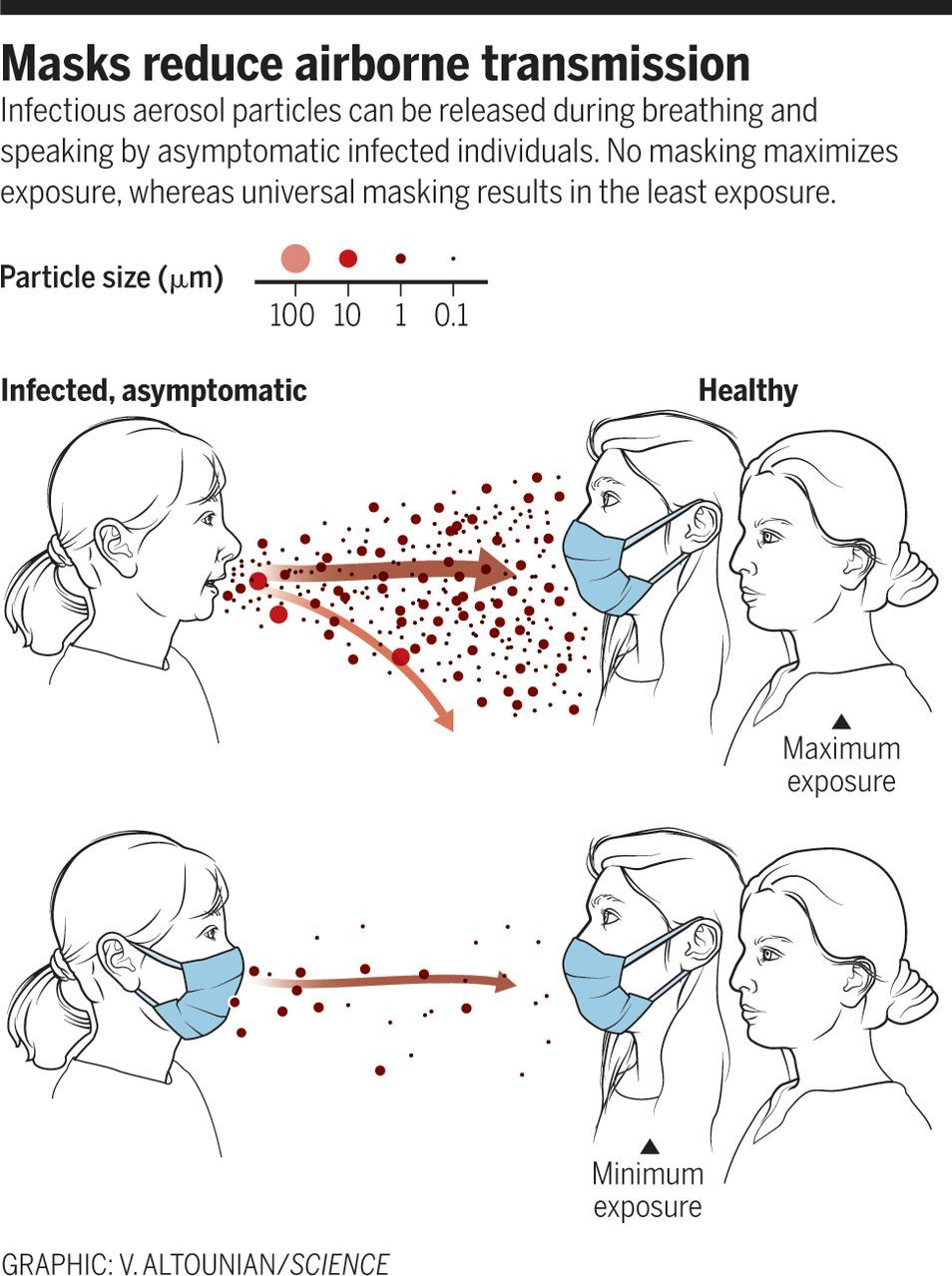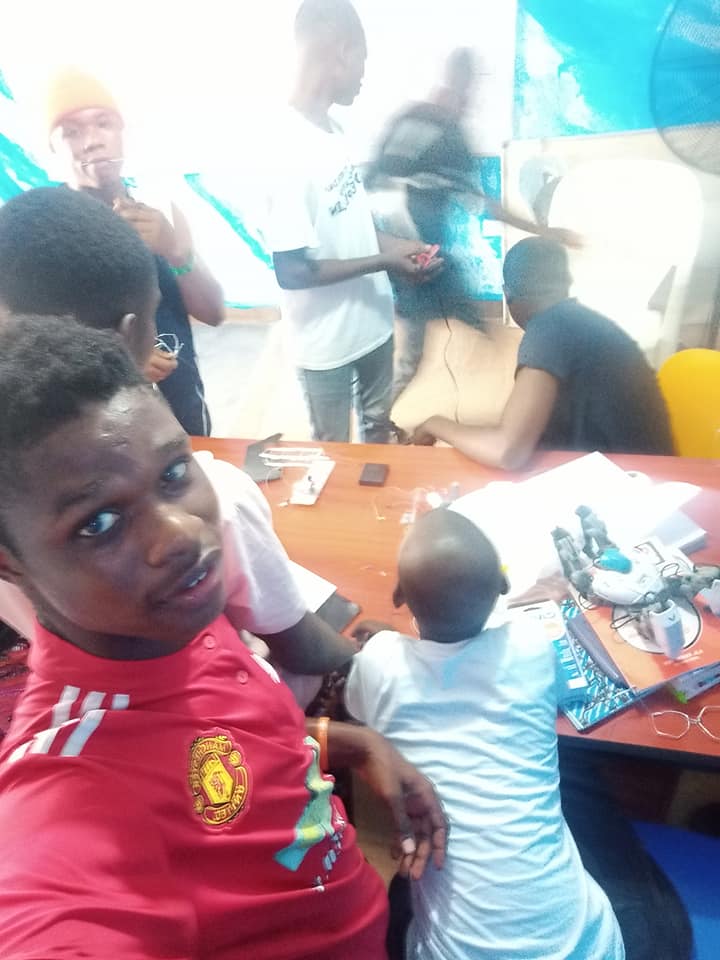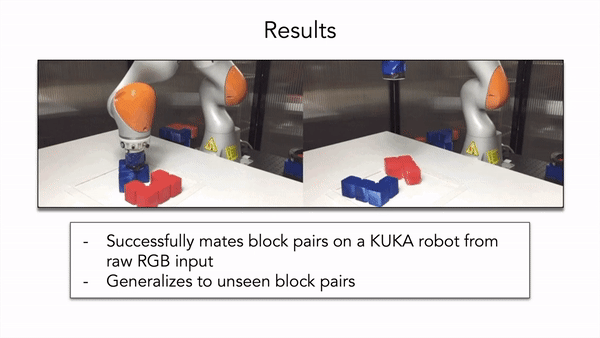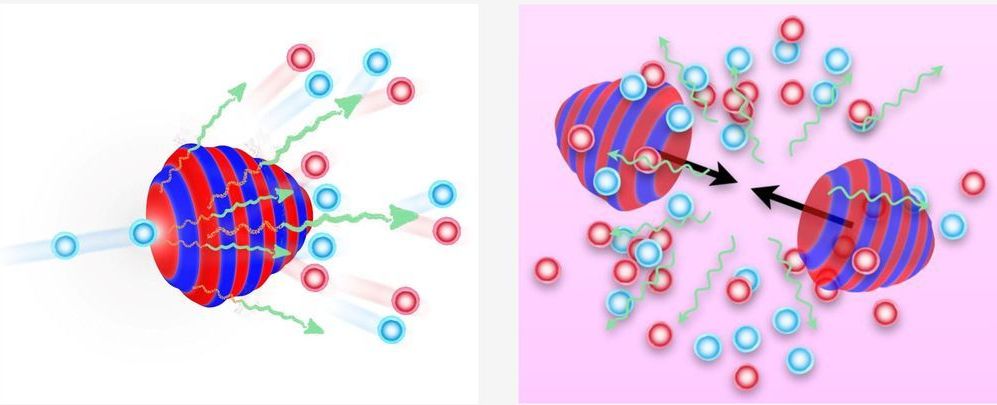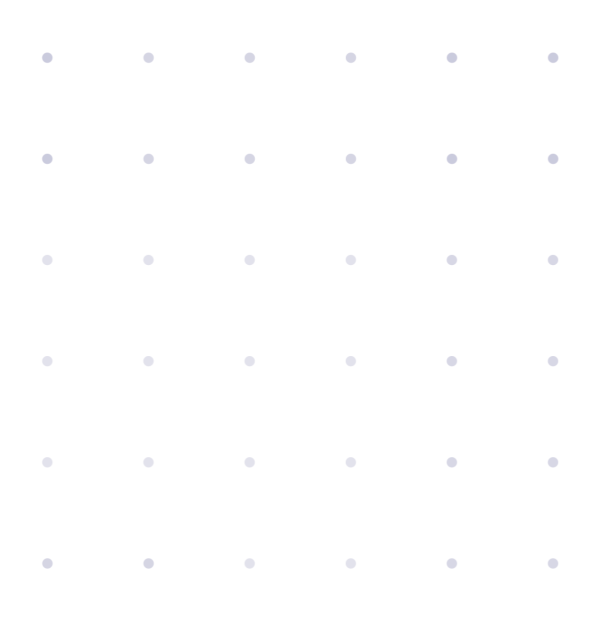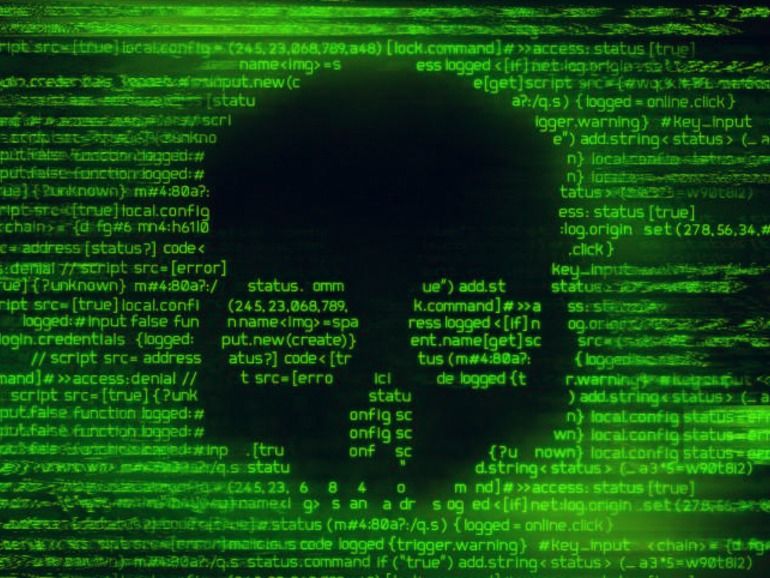So everybody likes to ride the roads, but no one likes to endure the roadwork. Sound familiar? We have all found ourselves shaking a fist or two at some construction workers, maybe even pointing our favorite finger at them to drive home the point of our frustration. If only there were a way to lay pavement in a quick, efficient manner? You know, something that had the style and panache of R2D2 that operated with the work ethic of your grandfather.
Well, check out this little wonder. Known as the Fastlane Paver, it is produced by Volvo and works quite well. Most paving machines will lay asphalt or concrete, then get smoothed out by a Caterpillar Steam roller or tamping machine to make the surface smooth and drivable. Not the case with the Fastlane though. It is an all in one paver. Capable of laying aggregate and pervious concrete, this machine can lay down a three meter wide strip at a distance of 18 lineal meters without stopping. Yep, you read that right. It does all of this in one pass, with no break.
